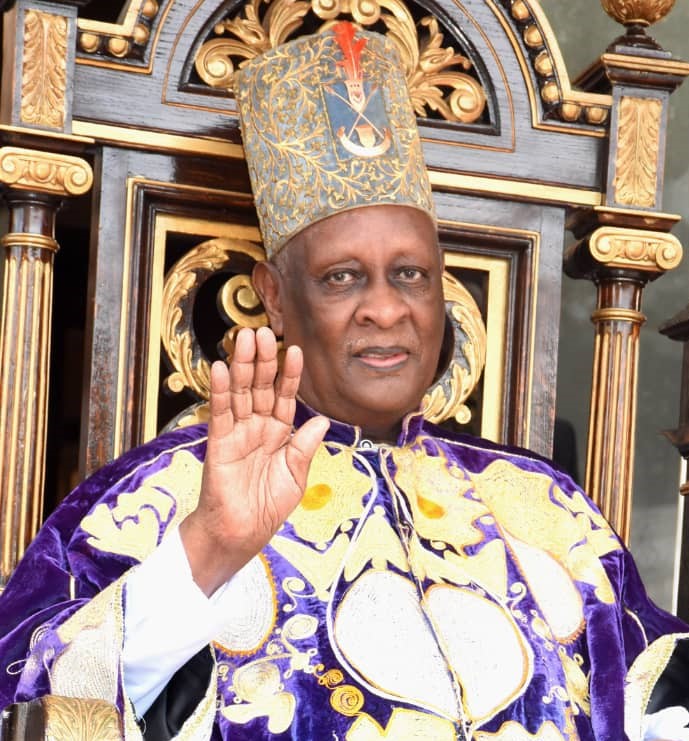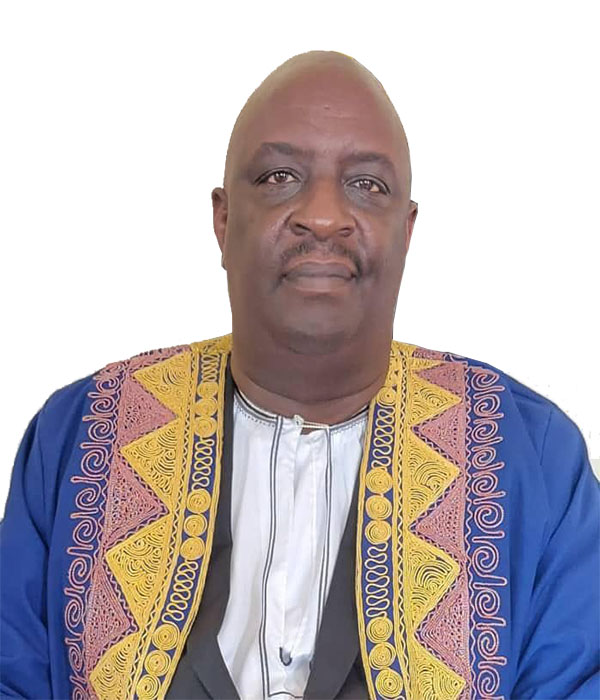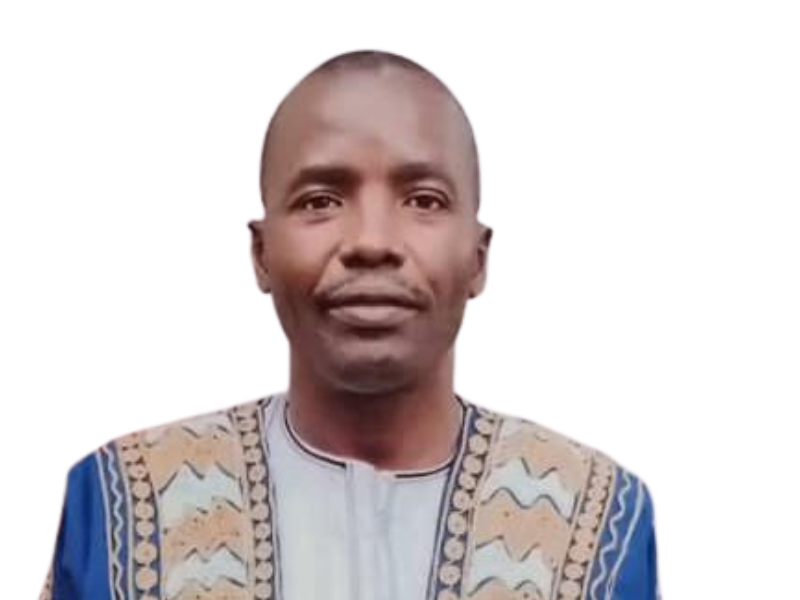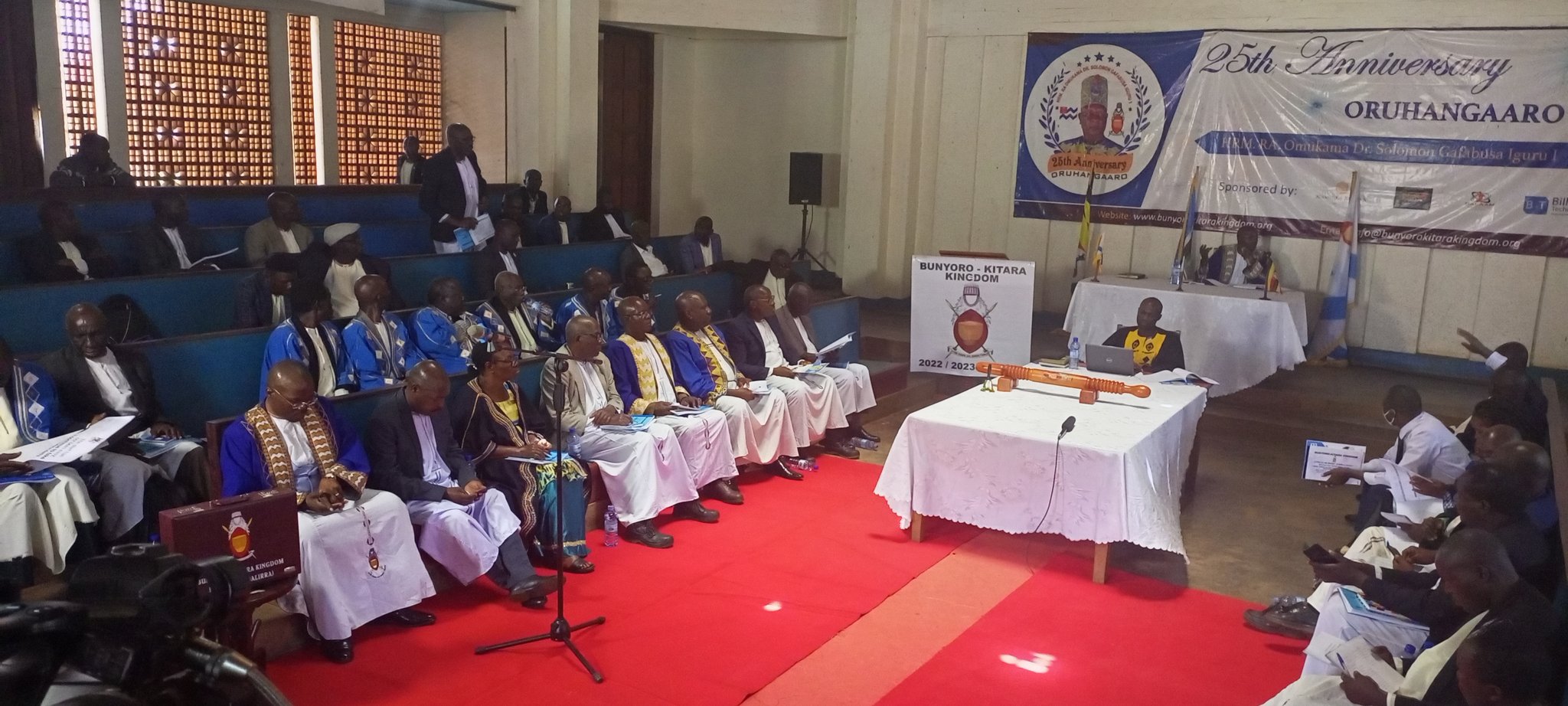Bunyoro – Kitara Kingdom is greatly endowed with vast resources, with some of these, among others listed here below:
The Rich Culture of Bunyoro
In history, Bunyoro Kitara Kingdom boasts of its rich cultural endowments in form of tradition, music, dance, drama, and folklore. Prof. Mbabi Katana, a renowned professor of music in Africa once rightly said, “There is no history of Uganda without the history of Bunyoro”. The University will thus act as a reservoir of knowledge, research and scholarship into this culture.. It will aim at industrialisation of the valuable cultural assets in order to promote the Bunyoro Cultural Heritage. The University will all in all research into, preserve, develop and transmit cultural values and heritage as the springboard for development.
Fertile soils
Bunyoro Kitara Kingdom is endowed with fertile soils containing adequate organic matter suitable for agricultural productivity. In the exemption of the low lands that are covered by alluvial and lake deposits, the soils of the region are of formalistic type. The soils are of adequate depth and with rich humid topsoil. The granites soils such as clay deep loams, shallow loams, red clay loams and brown gravely clay loams support a variety of crops to be grown. The University’s backbone thus will be its agricultural component.
Favourable Climate
The Kingdom has a favourable climate. It enjoys a bi-modal rainfall type, which varies between 800mm-1500mm per annum. Rainfall comes in March-May and August –November. Throughout the Kingdom, there are high rainfall zones (1000mm-1500mm) medium rainfall zones that receive between 800mm-1000mm and lower rainfall zones that receive less than 800mm especially those that boarder with the rift valley. This bi-modal type of rainfall coupled with favourable weather conditions results into a conducive rain fed agricultural production throughout the year and crops mainly grown are bananas, cassava, tobacco, coffee, maize, beans, tea, upland rice, vanilla, cocoa, vegetables, millet, groundnuts, sweet and Irish potatoes, and soybeans.
Wonderful Vegetation
The Kingdom has got three broad categories of vegetation namely; the modified equatorial type which used to be equatorial vegetation in nature but has been modified as a result of human activity. There is also the wooded savannah mosaic that forms a transitional zone from the modified equatorial vegetation to Savannah grassland. The Savannah grassland is typical in areas where human activity has modified the wooded Savannah mosaic. Lastly, there are thick forests such as Bugoma and Budongo. These together with the elephant grass in the region provide a diverse habitat for a Variety of birds and animals.
Water Bodies
The Kingdom is endowed with adequate surface and subsurface water reserves. There are many rivers both seasonal and all weather water bodies. Currently these are not optimally conserved, developed and tapped. They include Lake Albert, Victoria Nile, Lake Maiha and Kiyanja (These are small lakes in Masindi District); Rivers Kafu, Waki, Muziizi, Nkusi, Mbaya, Ruzaire, Rwigo, Mpongo, Mpamba, Mutunguru, Wambabya, Bigajuka and others. There are also undeveloped power generation points that include Siipi falls, Karuma falls, Muziizi, Murchision and Wambabya.
Wet Lands
Wet lands form boundaries for most administrative units of the region.. They are also a good source of raw materials for the handcraft industry, which mainly employs women in the Kingdom. There are a number of such wetlands some of which are permanent and others seasonal. Rudimental fishing is also done in these wetlands by the adjacent communities especially mud fish which is a delicacy and nutrition boost. Wet lands are a good source of clay and sand evidenced by various brick making and sand excavation points that employ the male youth. Permanent wetlands ease development of safe water sources especially deep and shallow wells since they act as water reservoirs. However, all these have not been adequately tapped and utilised by the local communities to improve on their household incomes.
Natural forest reserves
A variety of trees and shrubs do exist in Budongo and Bugoma forests, which are an untapped treasure for the Kingdom. More still there are potentials of forest vegetation, which can be used to develop medicinal herbs that can be used to control and combat some diseases. A deep study is needed, who knows, possibly the drug or vaccine to prevent and cure HIV/AIDS lies in the beautiful vegetation of Bunyoro Kitara Kingdom!
Tourism Industry Potential
The Kingdom is endowed with tourism industry potential which include Murchision Falls National Park, Busingiro eco-tourism site in Budongo forest, Butiaba, Kibiro, Ndaiga and Kaiso Tonya escarpments, Mparo Royal Tombs and other Historical and Cultural sites, Hills and Rocks, Landing sites and many others. These potentials have not been fully developed and utilised optimally to attract sizeable tourists to the Kingdom.
Mineral Resources
The Kingdom has got a number of un-exploited mineral resources which include Oil around Lake Albert in the Western Rift valley, Salt in Kibiro, Iron ore, gold, titanium and copper. However, given a thorough geological survey of the area, there is a possibility of finding other mineral resources lying unexploited in the region.
Private Sector and NGO Support
The region enjoys a great contribution from civil society organisations, faith based organisations and non-governmental organisations. These have made a tremendous contribution in areas of primary education, health, nutrition, environment, road infrastructure, production, community development, capacity building, water supply and rural finance credit. There is however a remarkable lack of higher education facilities in the region.
Large and Small-Scale Business Enterprises
The Kingdom is further endowed with large scale and small-scale business enterprises. There is British American Tobacco (BAT) Company; Muziizi, Bugambe and Kisaaru tea Estates and Kinyara sugar works. The private business community has also invested in micro-finance institutions, hotels and restaurants, salons, maize mills, shops, oil stations, FM radio stations, transport facilities, construction companies, driving schools, carpentry workshops and in agricultural produce and marketing. However, all these are not optimally used nor effectively managed.
Improved Road Networks and Communication
Communication has greatly improved through the installation of more masts by MTN, CELTEL, UTL (Mobile telephone companies) thereby increasing telephone network coverage in the Kingdom. Eight FM radio stations (two more are in offing) have been established. There is also a wide coverage of Uganda Television in the region. Road networks have greatly improved. The upgrading of Hoima-Kampala road into an all weather tarmac presents a great potential for development.
Training Institutions/schools
There are a number of training institutions in the Kingdom with a remarkable lack of tertiary institutions. The available data in the development plans of the three districts shows that there are 712 primary schools with an enrolment of 361,614 pupils and 6,554 teachers. Of these teachers over 60% are grade III (The Lowest grade in Uganda) and 21% are untrained. There are 126 secondary schools with an enrolment of 25,249 and 2,016 teachers. Of these teachers 69.2% are diploma holders (the lowest grade for a secondary school teacher in Uganda) and 19.7% are untrained (license teachers).
Post Secondary Institutions include Kamurasi and Bulera Primary Teachers Colleges, Nyabyeya Forestry College; Uganda Co-operatives College, Kigumba; Kiryandongo, Kibwona, St Simon Peters (Rwenkobe), St Joseph, Munteme; and Birembo Technical Institutes, URDT Institute, Kagadi; Balma, Kitara, Millennium and Nile Vocational Institutes. The only (Masindi) National Teachers College in the Kingdom is on the verge of being closed by the Ministry of Education and Sports. There is no University in the Kingdom. University education therefore has to be sought from Makerere University and other Universities that are very far and expensive. Students from poor families have had to drop out of schools and get married because they have no hope of ever attaining University education. It is not a surprise therefore that Hoima District has been ranked by the Ministry of Health, the highest in Uganda in cases of high incidences of early marriages. Bunyoro University for development thus is going to be the only institution of its kind in the Kingdom.
Follow the links below to read more on the available resources:



